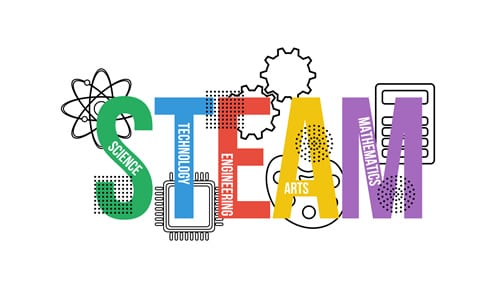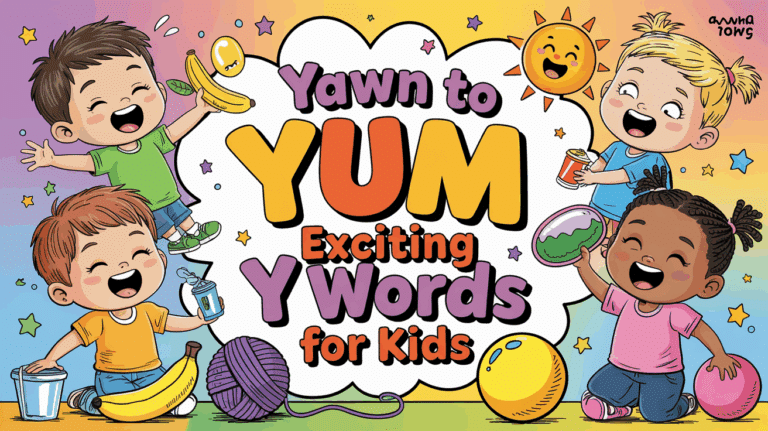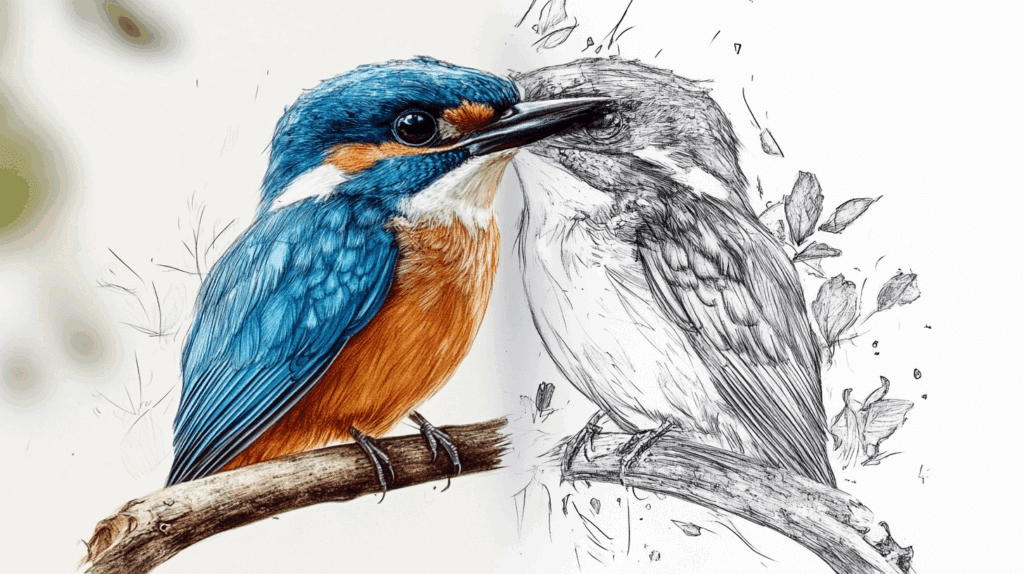Hey there! So, you’ve probably noticed how technology is reshaping everything around us. But here’s the thing – our kids need more than just screen time to thrive in this rapidly evolving world.
STEAM kits for kids are secretly one of the most powerful tools in your parenting arsenal. They blend Science, Technology, Engineering, Arts, and Math into hands-on experiences that captivate curious minds.
In 2025, these kits aren’t just educational toys. They’re launching pads for future innovators, problem-solvers, and creative thinkers. And while the latest video game might keep your child entertained for hours, steam kits build skills that last a lifetime.
Ready to find out why these kits are essential for your child’s development this year?
What’s a STEAM Kit, and Why are Kids Obsessed
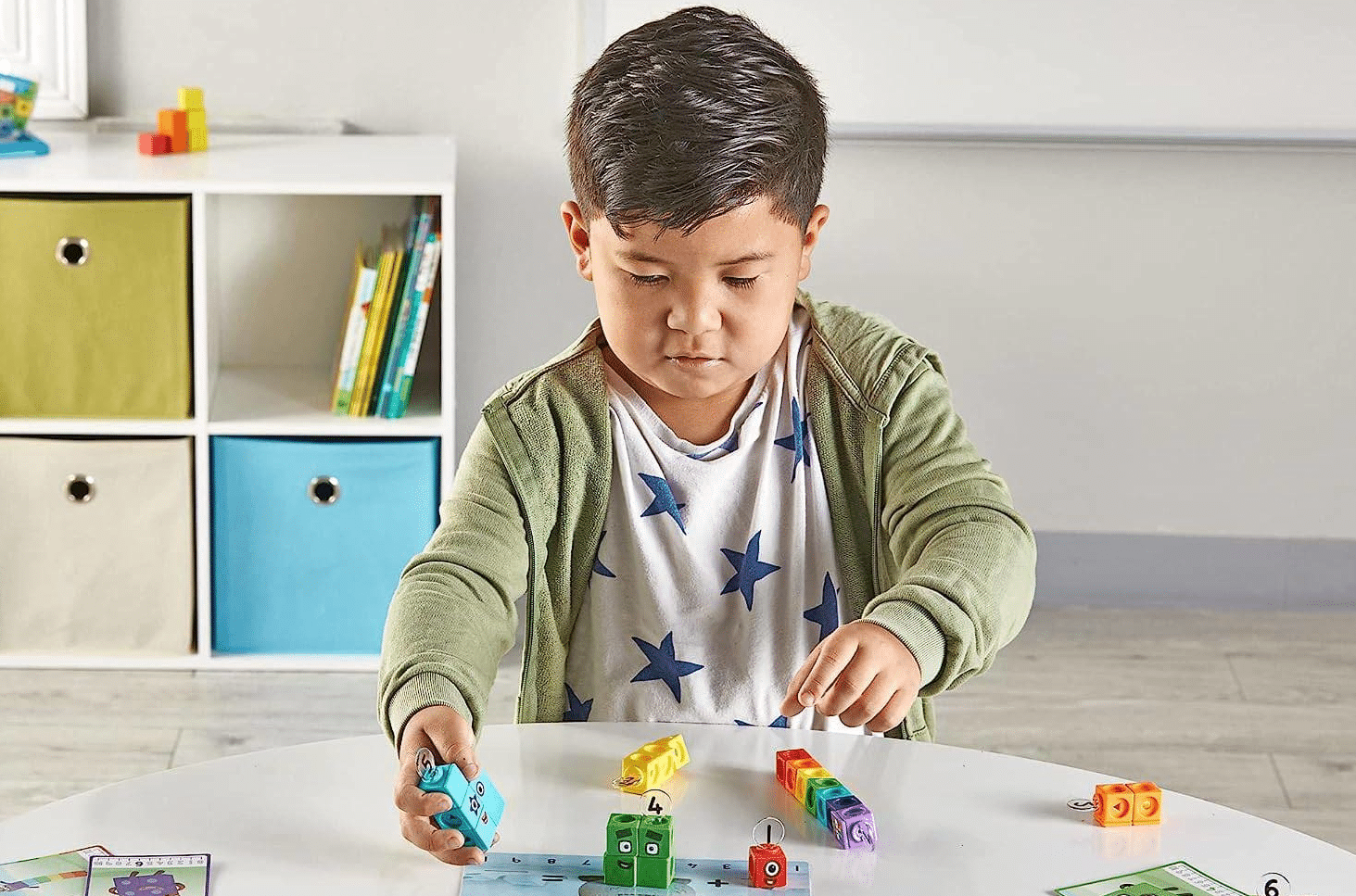
A STEAM kit for kids is basically a hands-on learning package that combines Science, Technology, Engineering, Arts, and Math into fun activities for kids.
Think of it as a treasure box filled with materials, tools, and instructions that let children build, create, and experiment.
These kits come in all shapes and sizes. Some might help kids build their own robots, others let them conduct safe chemistry experiments, create electronic circuits, design structures, or make art using scientific principles.
Kids are obsessed with steam kits for a simple reason: they make learning feel like play! Instead of being told how something works, children find out it themselves through trial and error.
Plus, these kits tap into children’s natural curiosity. They answer the “why” and “how” questions kids constantly ask, but in a way that puts them in control of finding the answers.
In 2025, the best steam kits for kids combine physical materials with digital elements, creating an engaging experience that’s both tech-savvy and hands-on – the perfect balance for today’s kids!
Why Your Child Deserves a STEAM Kit Today
STEAM kits for kids are comprehensive learning bundles that transform education into adventure.
Packed with carefully selected materials and engaging instructions, these kits invite children to explore Science, Technology, Engineering, Arts, and Mathematics through hands-on projects.
- Convert ordinary days into discovery adventures that spark wonder and curiosity.
- Build confidence when they see their own creations actually work.
- Break the screen-time cycle with engaging hands-on activities.
- Develop crucial future skills through play that feels nothing like studying.
- Create quality family moments by solving problems together.
- Support brain development in ways that feel like pure fun.
From building robots and programming simple games to conducting safe science experiments and creating artistic masterpieces with mathematical principles, STEAM kits offer endless possibilities for discovery.
STEAM vs STEM – What’s the Difference
STEM focuses on science, technology, engineering, and math to build logical, technical problem-solving skills.
STEAM adds the A for Art, blending creativity with STEM to inspire innovation, design thinking, and well-rounded learning.
| Aspect | STEM | STEAM |
|---|---|---|
| Acronyms Stands For | Science, Technology, Engineering, Math | Science, Technology, Engineering, Art, Math |
| Focus | Analytical thinking & technical skills | Analytical thinking plus creativity & design |
| Approach | Logical, structured, and problem-solving | Interdisciplinary, includes artistic expression |
| Learning Style | Often linear and data-driven | Combines logic with imagination and storytelling |
| Career Pathways | Engineering, IT, Robotics, Science Research | Architecture, UX Design, Creative Tech, Robotics |
| Goal | Solve real-world problems with precision | Solve real-world problems with innovation and empathy |
| Best For | Students who love logic, math, and systems | Students who also enjoy art, design, and creativity |
Top STEAM Kits for Kids by Age: The Right Kit at The Right Stage
Check out the best STEAM kits for every age group with hands-on options that grow with your child’s curiosity.
From toddlers to teens, find the perfect kit to match their learning stage and spark their creativity.
Ages 3–5: Big Pieces, Bright Colors, & First Builds
1. LEGO DUPLO My First Number Train
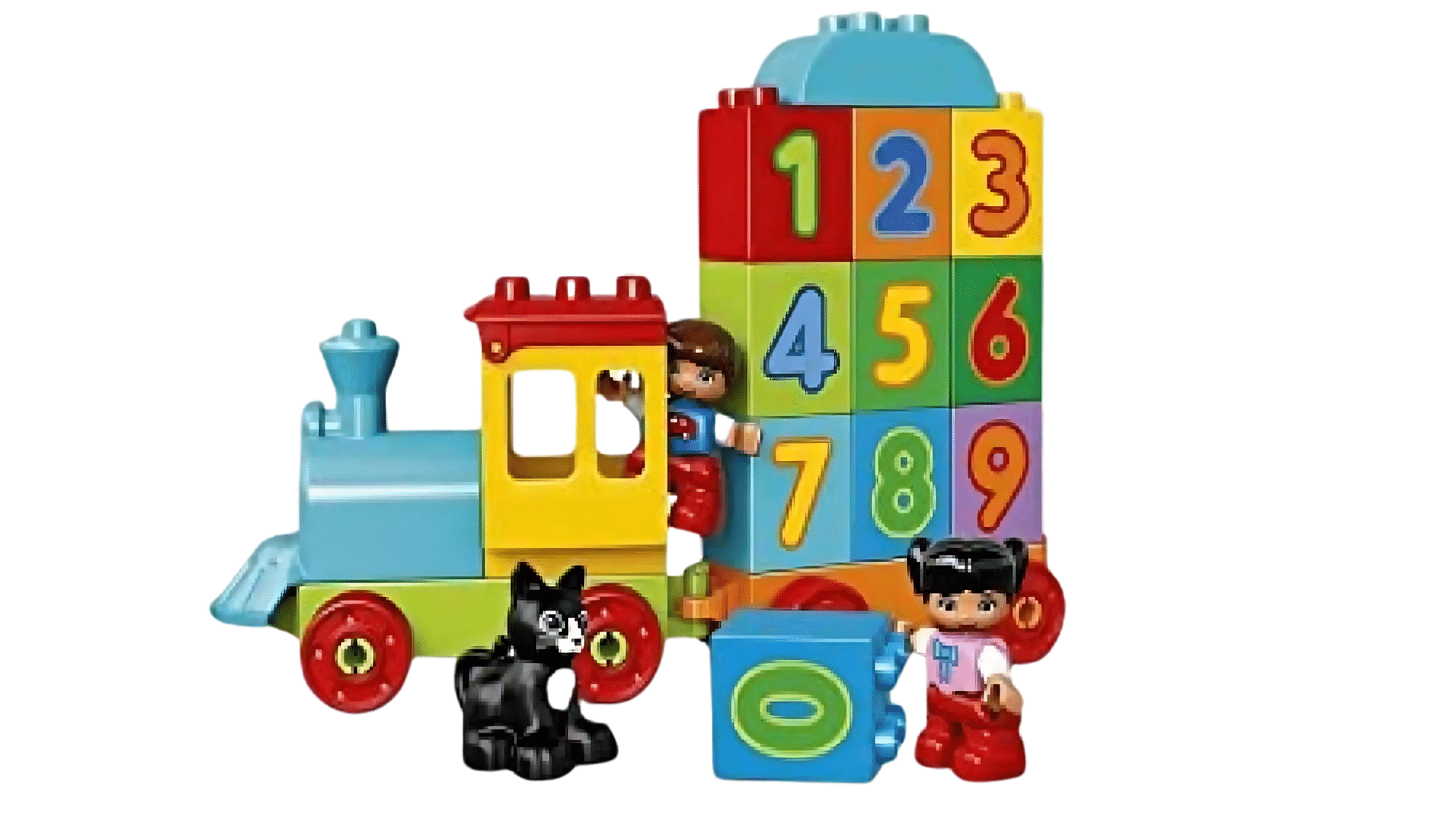
LEGO DUPLO My First Number Train is unique because it teaches numbers 1–10 through hands-on play, combining counting, color recognition, and fine motor skills in a toddler-friendly train set.
- Price: $22.00
- Product Dimensions: 7.52 x 3.58 x 13.94 inches
2. Fun Educational Construction Engineering Building Set

Fun Educational Construction Engineering Building Set is unique because it promotes STEM learning by allowing kids to build 3D structures, enhancing problem-solving, creativity, and fine motor skills through hands-on engineering play.
- Price: $29.95
- Product Dimensions: 9.9 x 6.9 x 5.3 inches
Ages 6–8: Crafty Circuits & Clever Creations
3. Snap Circuits Jr. SC-100 Electronics Exploration Kit
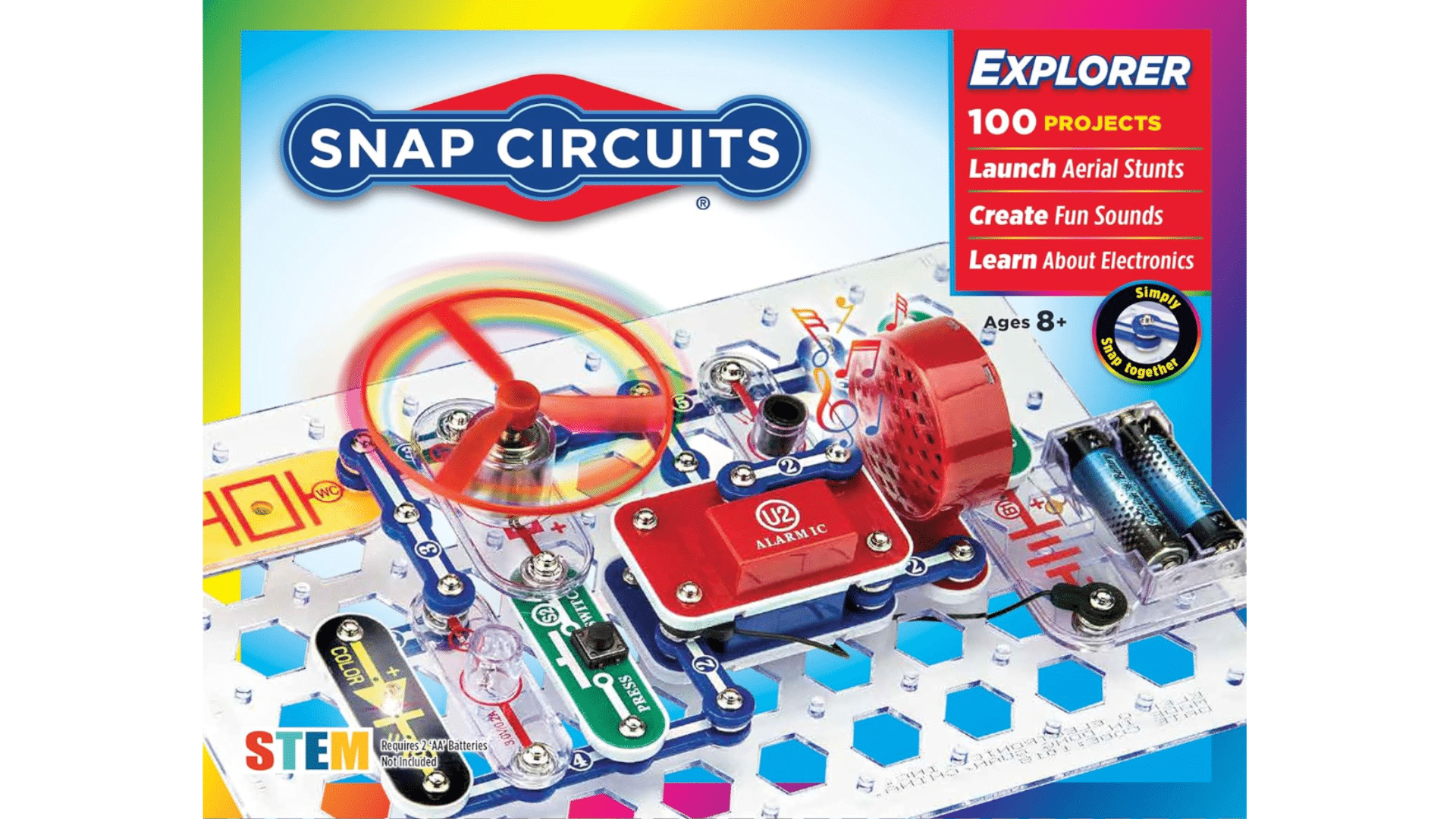
Snap Circuits Jr. SC-100 Electronics Exploration Kit is unique because it teaches real electronics concepts through safe, snap-together components, letting kids build over 100 working circuits without any soldering or tools.
- Price: $29.99
- Product Dimensions: 12 x 9.5 x 1.75 inches
4. Thames & Kosmos Creatto: Shimmer Shark & Ocean Pals
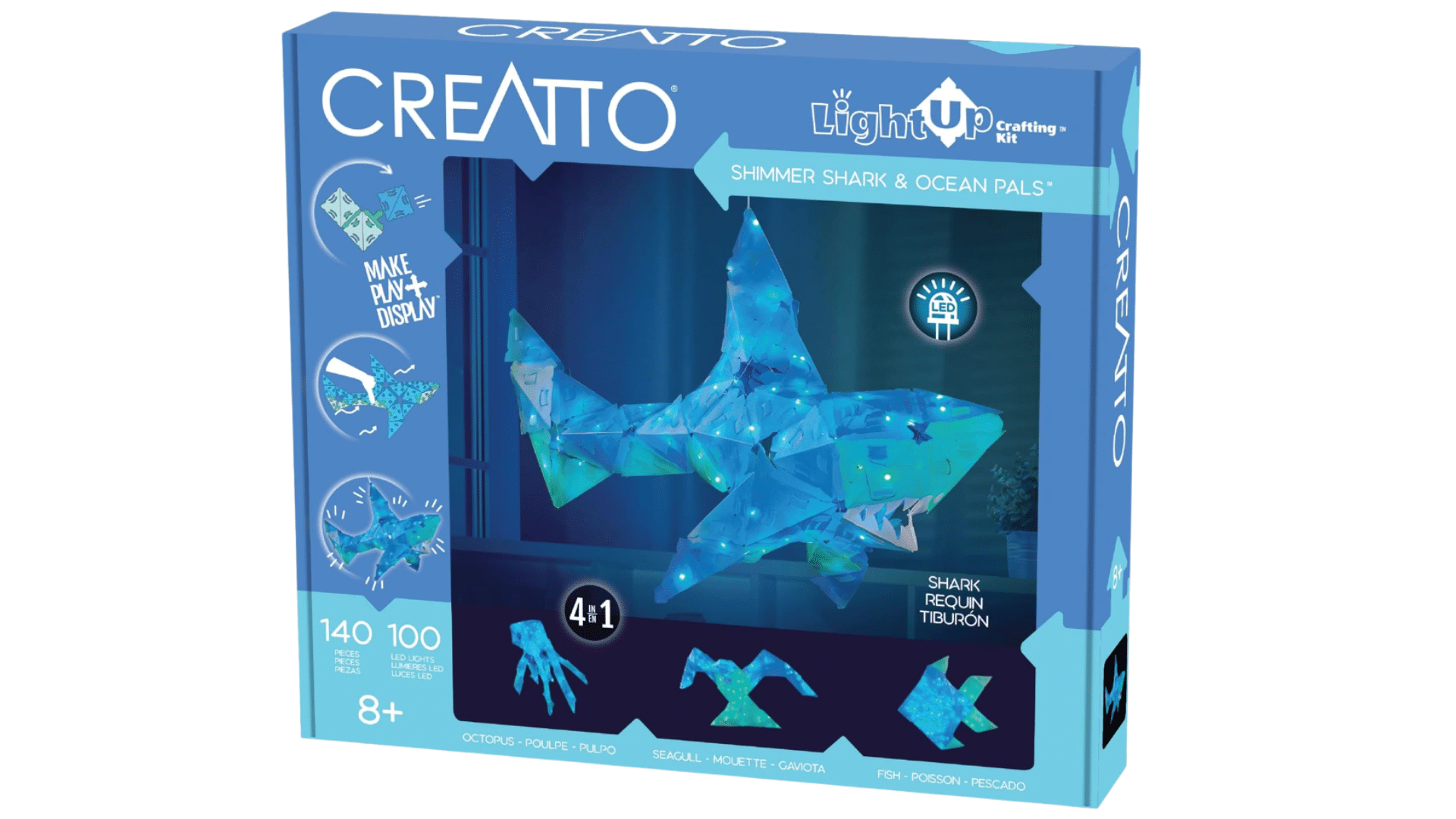
Thames & Kosmos Creatto: Shimmer Shark & Ocean Pals is unique because it blends arts and STEM by letting kids build light-up 3D animal models using flexible, interlocking pieces—enhancing creativity, spatial reasoning, and hands-on building skills.
- Price: $27.19
- Product Dimensions: 12.5 x 1.9 x 10.9 inches
5. KiwiCo Levitating Lantern – Physics and Tensegrity Science Kit
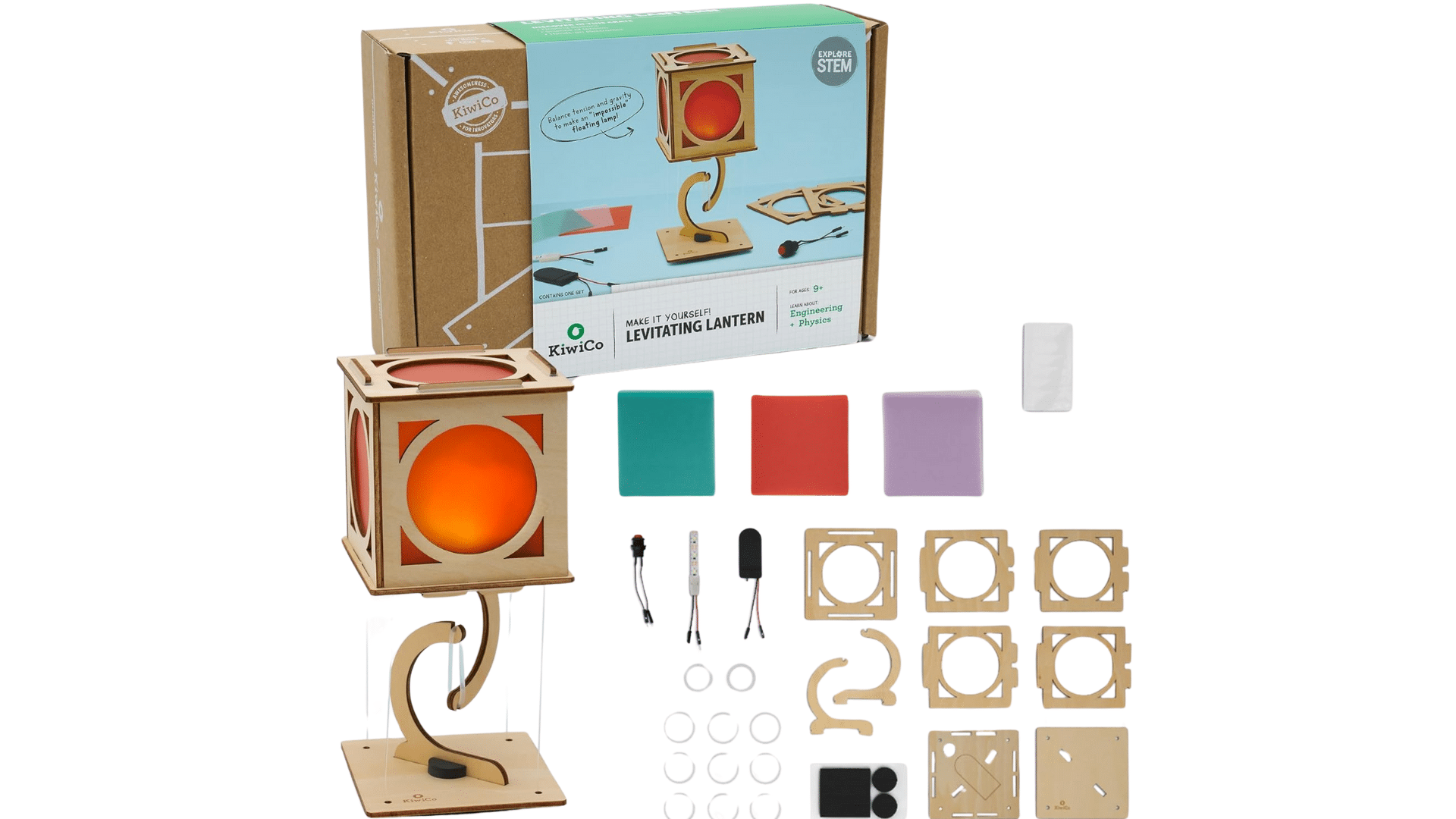
KiwiCo Levitating Lantern – Physics and Tensegrity Science Kit is unique because it teaches kids the physics of balance and tension through a fun, hands-on project that creates a lantern that appears to float—combining science, art, and engineering in one activity.
- Price: $29.95
- Product Dimensions: 11 x 7.5 x 3.38 inches
Ages 9–12: Builders, Coders, & Junior Engineers
6. Educational Scratch Program Robotic Kit
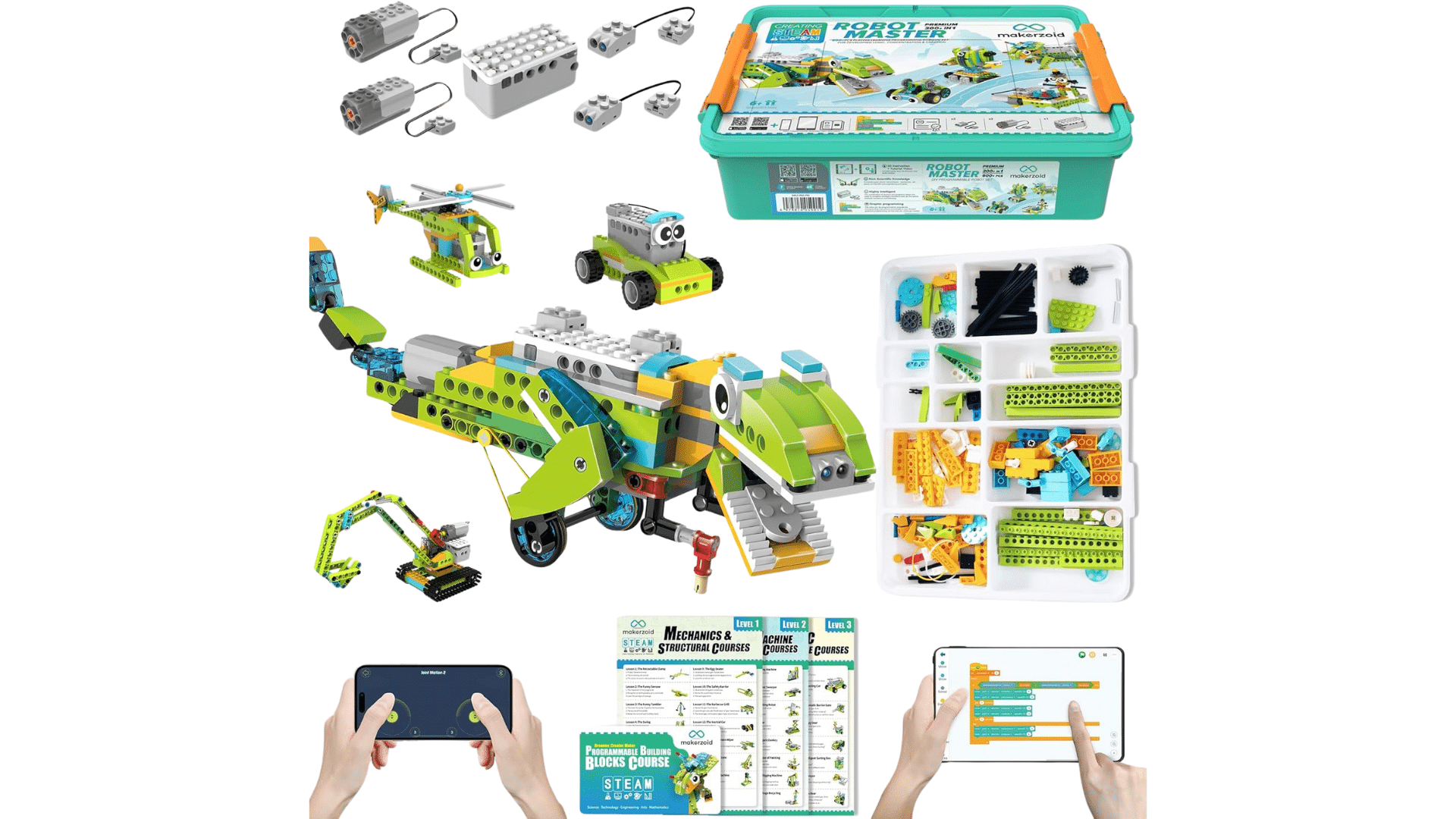
Educational Scratch Program Robotic Kit is unique because it introduces kids to coding and robotics through Scratch, a visual programming language, allowing them to build and control robots while learning logic, sequencing, and problem-solving in an interactive way.
- Price: $123.99
- Product Dimensions: 16.14 x 11.81 x 4.72 inches
7. Teach Tech Mech 5, Mechanical Coding Robot
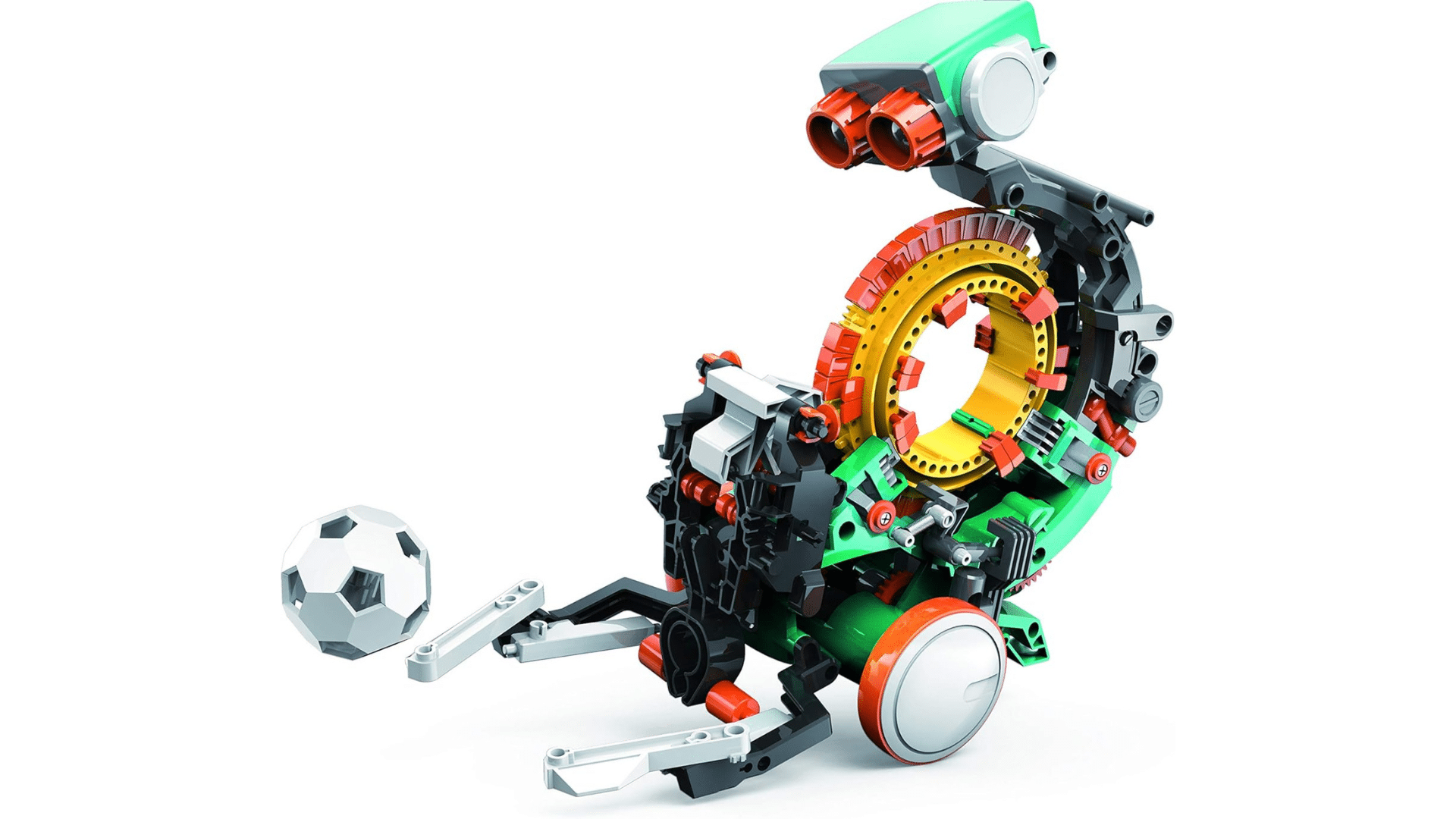
Teach Tech Mech 5, Mechanical Coding Robot is unique because it teaches the basics of coding without screens, using mechanical switches and gears to program movements—making STEM learning tactile, visual, and highly engaging for beginners.
- Price: $27.19
- Product Dimensions: 12.4 x 2.5 x 9.1 inches
Ages 13+: Serious STEM for Future Innovators
8. ELEGOO UNO Project Super Starter Kit
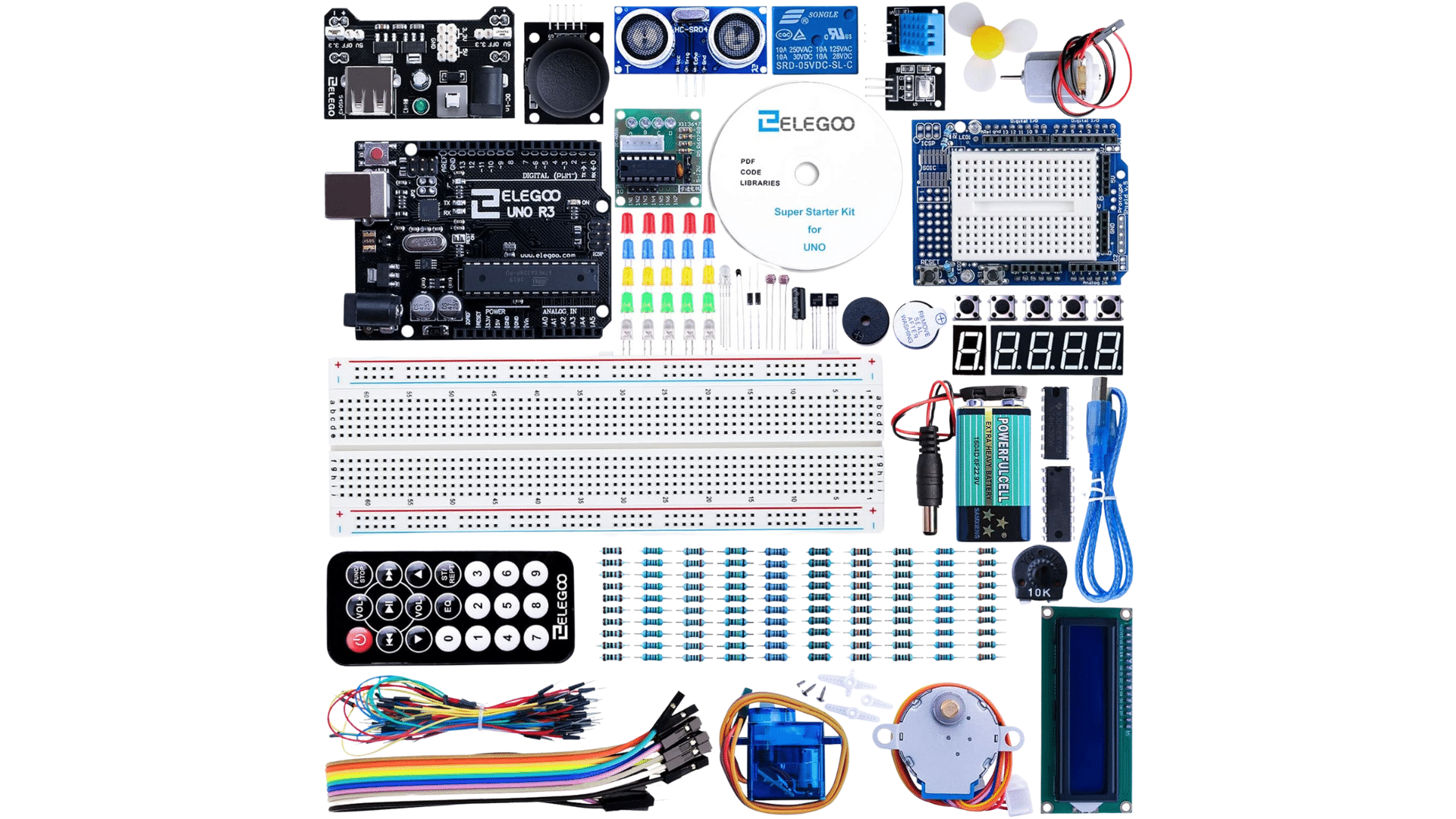
ELEGOO UNO Project Super Starter Kit is unique because it offers hands-on experience with real electronics and Arduino programming, helping beginners learn coding, circuit design, and robotics through over 20 guided projects.
- Price: $44.99
- Product Dimensions: 8.3 x 5.5 x 1.97 inches
9. Vilros Raspberry Pi 4 Complete Starter Kit
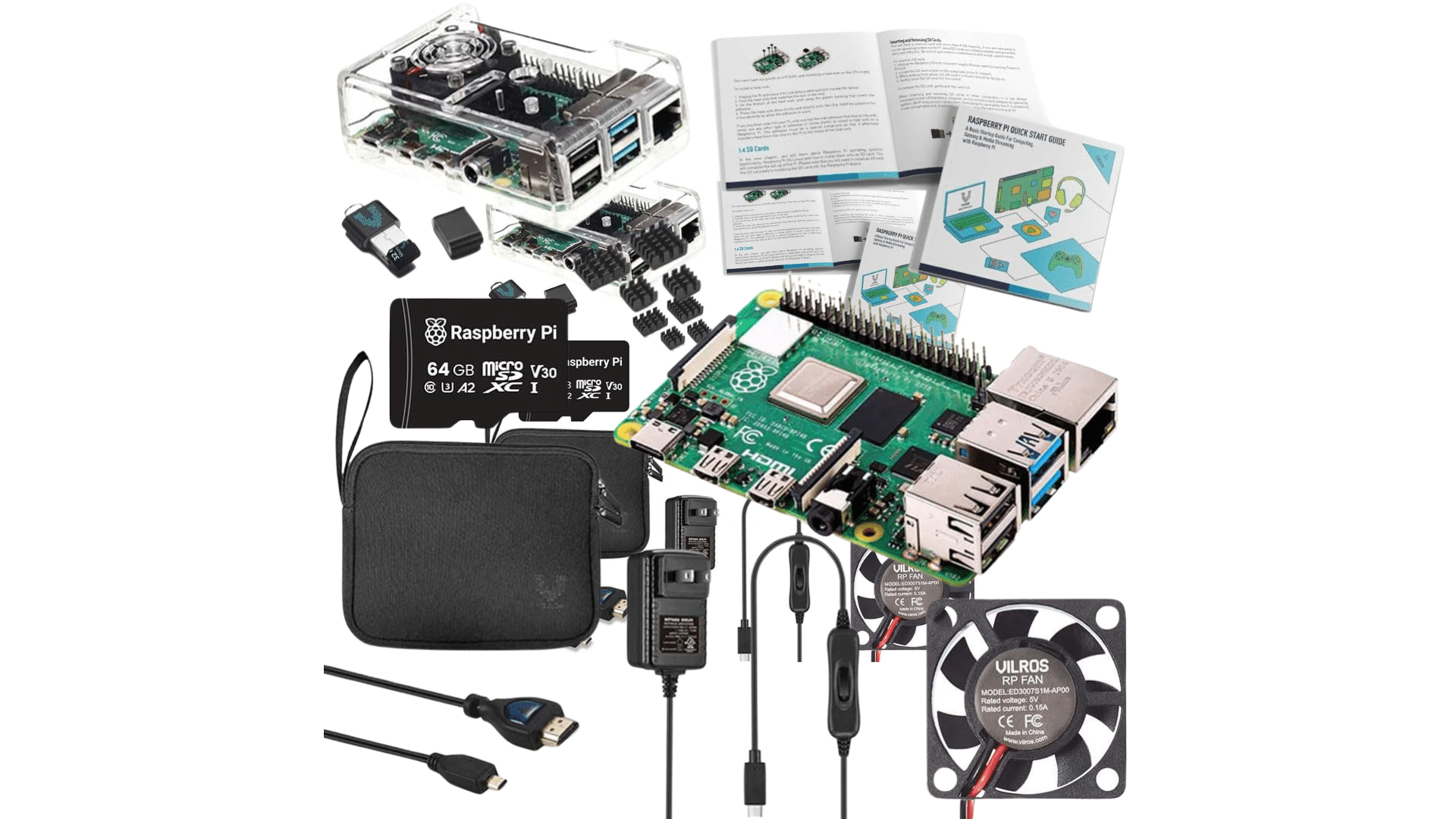
Vilros Raspberry Pi 4 Complete Starter Kit is unique because it provides everything needed to start coding, building, and experimenting with a mini computer—making it perfect for learning programming, electronics, and DIY tech projects from one compact kit.
- Price: $94.99
- Product Dimensions: 6.6 x 6.6 x 3.3 inches
How to Choose the Right Steam Kit for Kids
Choosing the right STEAM (Science, Technology, Engineering, Arts, and Math) kit depends on your child’s age, interests, and learning goals. Here are key tips to help you pick the best one:
- Consider Age and Skill Level: Look for kits designed for your child’s age range. Younger kids benefit from simple, hands-on kits with large pieces, while older kids can handle more complex projects involving coding or electronics.
- Match the Kit to Their Interests: Choose a kit that aligns with what excites your child. If they love art, go for creative design kits. If they’re into tech, consider coding or robotics. The more interested they are, the more they’ll engage and learn.
- Check for Educational Value: Make sure the kit teaches real concepts. Look for kits that encourage problem-solving, experimentation, and critical thinking. Bonus if it connects to real-world applications or school subjects.
- Look for Clear Instructions and Support: Good STEAM kits come with easy-to-follow guides. Visual instructions, online tutorials, and guided lessons can make a big difference—especially for first-time users.
- Think About Reusability: Some kits are one-time builds, while others offer endless possibilities. Reusable components, open-ended challenges, or kits that grow with your child’s skills provide more long-term value.
- Check for Safety and Quality: Always ensure the materials are safe and age-appropriate. Choose kits from reputable brands that meet safety standards and include everything needed to complete the projects.
The Bottom Line
Steam kits for kids in 2025 are more than just toys – they’re tools that help kids build critical thinking skills. Through hands-on projects, children learn to solve problems, work as a team, and think like scientists.
What makes these kits truly valuable is how they blend fun with learning. A child who builds a robot or creates a science experiment won’t even notice they’re developing skills that could shape their future career path.
So what’s next? Look at your child’s interests and choose a kit that matches their curiosity. Start small if needed, and join them in the learning process.
The skills they gain now will serve them well in a world that increasingly values creative problem-solvers.

